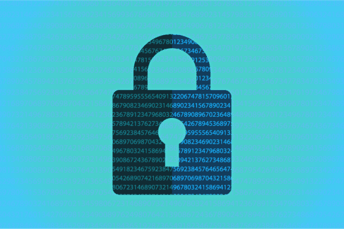Limiting and monitoring access to sensitive customer information is critical for lead generation companies to protect against data breaches and unauthorized access. Also, complying with the FTC Safeguards is a bonus! Companies can ensure that only authorized employees can access sensitive data by implementing access controls and monitoring systems.

Monitoring access to sensitive customer information also enables companies to detect and respond to suspicious activity in real time, reducing the risk of data breaches. In addition, it helps companies comply with regulatory requirements and maintain customer trust and confidence.
Here are some ways that companies can limit and monitor employee access to data:
- Role-based Access Controls: Implementing role-based access controls (RBAC) is a common way to limit access to sensitive data. RBAC involves granting access to data based on an employee's role within the company. For example, an employee in the accounting department may have access to financial data, while an employee in the marketing department may not.
- Least Privilege: Employing the principle of least privilege means limiting employee access to only the data they need to perform their job. This way, even if an employee's account is compromised, the amount of data exposed is minimized.
- Logging and Monitoring: Logging and monitoring employee access to data can help identify and investigate suspicious activity. Methods can include monitoring failed login attempts, access to sensitive data outside of regular work hours, or changes to permissions.
Stay tuned for more articles on best practices for safeguarding customer data and complying with FTC regulatory requirements.


